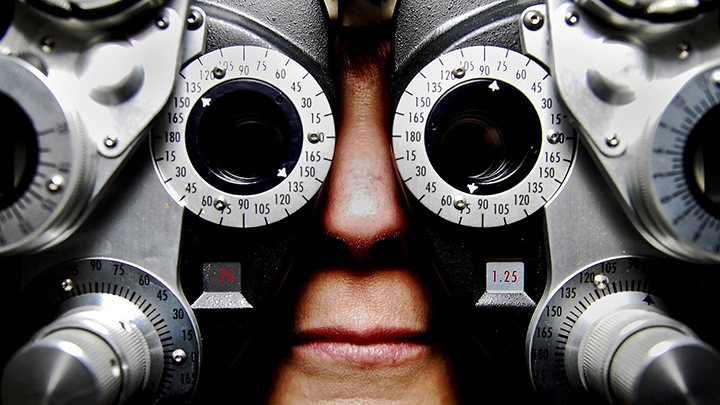The human brain is an extraordinary organ. Part of an elaborate neurological network, the brain helps us interact with the world around us. It is important...
About the Author
Dr. Rahim Habib ND
Rahim Habib is a registered naturopathic doctor with over 15 years of experience in general family practice. He has a special interest in helping patients comprehensively detoxifying their bodies for preventative and therapeutic benefit. He also has a special interest in children’s health, assisting kids in their learning and behavioural health with conditions such as ADHD, Autism spectrum, asthma, allergies and childhood obesity. He also helps adults with chronic conditions, such as thyroid disorders, infertility, inflammation, obesity, autoimmunity, dementia and cancer care. He is the director of the Four Seasons Naturopathic Clinic for Detoxification and Healing and can be reached at 905-597-7201 or www.FamilyNaturopath.ca.



 The most common cause of reduced vision in this age group is cataracts. A cataract is a clumping of the protein fibers in the lens of the eyes. The more clumping, then the harder it is to see clearly, which explains the features of having cataracts: cloudy/blurry vision, faded perception of colours, bright objects appear more intense (glare), poor night vision.
The most common cause of reduced vision in this age group is cataracts. A cataract is a clumping of the protein fibers in the lens of the eyes. The more clumping, then the harder it is to see clearly, which explains the features of having cataracts: cloudy/blurry vision, faded perception of colours, bright objects appear more intense (glare), poor night vision.

